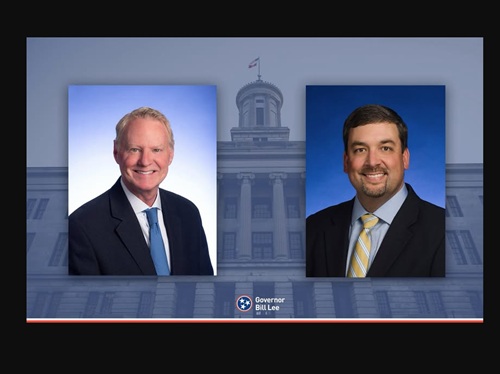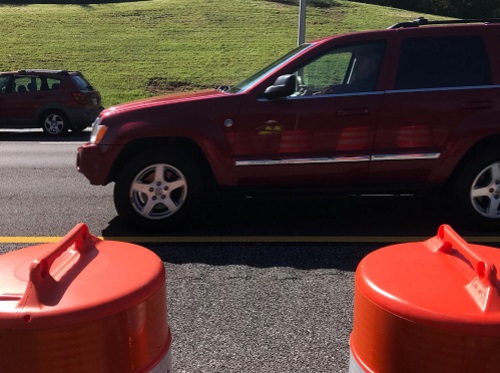The Tennessee Department of Transportation, in conjunction with the University of Memphis, recently published a 62-page analysis on the various technologies available to help prevent wrong way driving.
[Above photo by the Tennessee DOT]
The report defined wrong way driving as “an event where a vehicle enters a high-speed divided highway from an exit ramp in the direction opposing to the legal traffic flow.” That vehicle subsequently either collides with an object or other vehicle traveling in the correct direction in the same segment or does not collide at all, the report noted.
Although the frequency of wrong way-driving collisions is “small” compared to other types of traffic crashes, the report stressed that wrong way driving crashes are typically more severe since it usually results in a head-on collision.

However, analysis by the AAA Foundation for Traffic Safety issued in March found that 2,008 deaths occurred wrong-way driving crashes on divided highways between 2015 and 2018 for an average of approximately 500 deaths a year; up 34 percent from the 375 deaths annually from 2010 to 2014.
In light of those findings, AAA and the National Transportation Safety Board are urging state transportation agencies to adopt driver-based countermeasures that address key wrong-way driving contributing factors, such as alcohol ignition interlocks, strengthened deterrence strategies like sobriety checkpoints, driver refresher courses for older adults and the installation of warning signs and signals that are more visible.
To that end, the Tennessee DOT said its report focused in part on examining various wrong-way driving prevention systems or WWPS available on the market today. However, the agency noted that WWPS technology is “still evolving” and there is not yet a consensus across many states on which is the most effective.
Other findings Tennessee DOT highlight in its WWPS report include:
- In Tennessee, there are on average 20 wrong way-driving crashes annually and most happen at night and around major cities such as Memphis and Nashville
- Thermal detection, radar detection, and light emitting diode or LED-enhanced blinking wrong way signs are the most effective components of a WWPS.
- The five main criteria considered critical when selecting WWPS technology are accuracy, responsiveness, live tracking, and life-cycle cost, among other relevant elements, according to the report.
Several other state departments of transportation are already heavily engaged in variety of efforts to combat wrong-way driving.

In 2019, the Arizona Department of Transportation received an award from the Federal Highway Administration for its $4 million wrong-way vehicle alert system installed in 2018 along a 15-mile segment of Interstate 17 in central Phoenix.
The Nevada Department of Transportation also installed and activated a wrong-way driver detection and alert system encompassing roughly 20 freeway ramps along U.S. 395 in the northern part of the state in January 2019.
The Ohio Department of Transportation installed the Buckeye state’s very first wrong-way driver detection system along an 18-mile stretch of I-71 – a system that includes 92 electronic signs and 82 detection devices at 23 locations – in July 2019.
In July 2020, the California Department of Transportation and the University of California-Davis released two reports highlighting ways to prevent wrong way driver collisions; reports based on a three-year pilot project conducted by Caltrans and the UC Davis’ Advanced Highway Maintenance and Construction Technology research center.
 States
States


